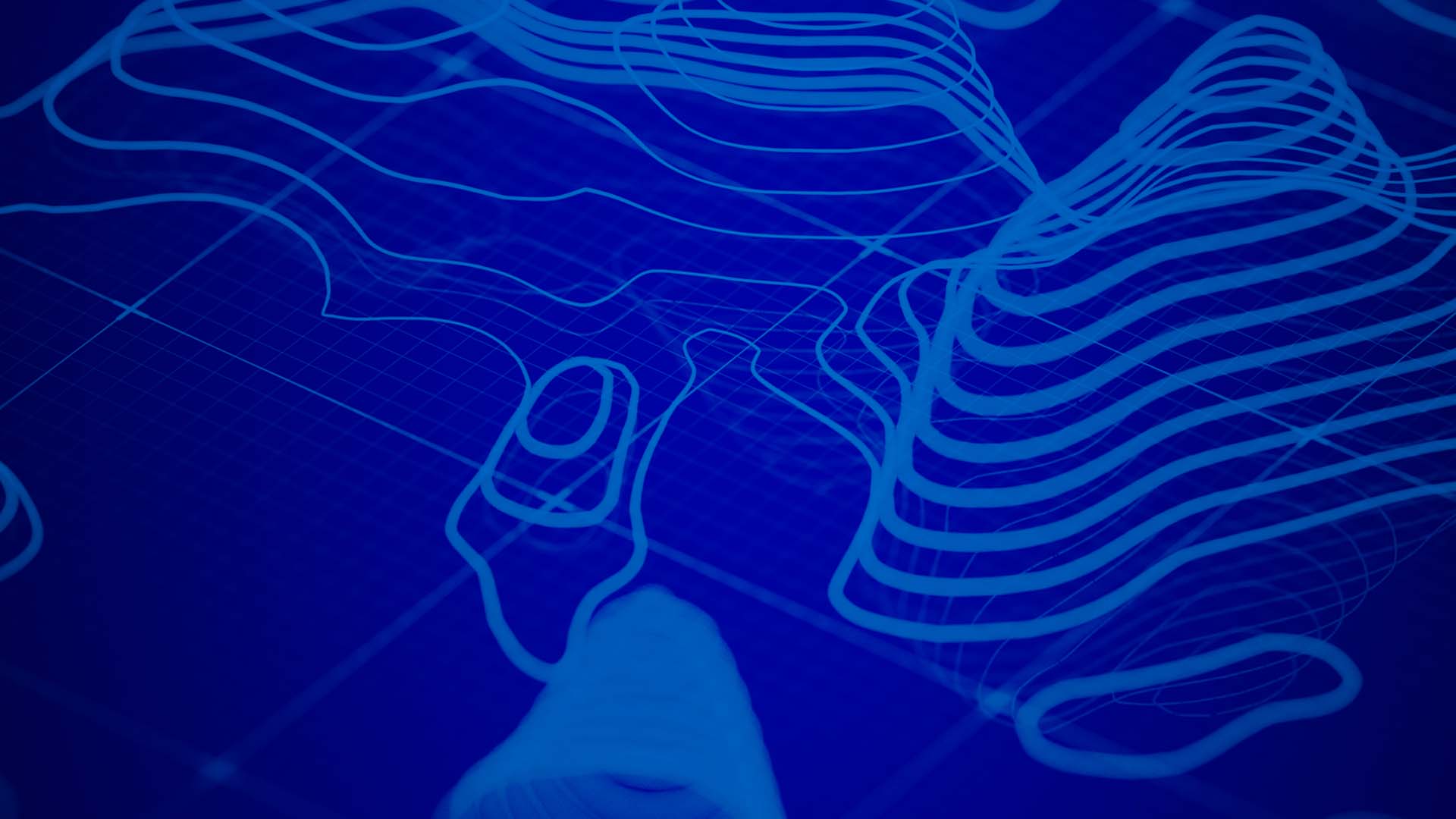
GICHD director Stefano Toscano and Esri president Jack Dangermond signed a memorandum of understanding (MOU) strengthening the organizations’ partnership to eliminate land mines and explosive remnants of war through the power of geography.
Redlands, California—Esri and the Geneva International Centre for Humanitarian Demining (GICHD) signed a memorandum of understanding (MOU), strengthening a partnership to eliminate land mines and explosive remnants of war through the power of geography.
The MOU furthers Esri’s support in modernizing the Centre’s Information Management System for Mine Action (IMSMA). Built with Esri’s world-leading geographic information system (GIS) technology, the software system serves a critical purpose in the mine action process—understanding exactly where mines are located prior to conducting clearance.
"Mine Action is inherently geographic. It relies on identifying the location and spatial extent of explosive hazards and analyzing their proximity to vulnerable communities and assets. GIS is ideally suited to support this work," said Ambassador Stefano Toscano, GICHD director.
GICHD is an international organization devoted to ridding the world of explosive hazards that affect daily life and socioeconomic development of communities long after armed conflict has ended. GICHD provides expert guidance for the mine action sector to observe standards, apply effective and cost-efficient tools, and improve survey and clearance methods. The Centre’s various services support the ultimate goal of mine action—returning land to social and economic use.
"The Centre’s work is profoundly important and deeply geographically oriented," said Jack Dangermond, president of Esri. "Saving and enhancing people’s lives across the world depends on GICHD’s success, and the Centre’s success depends on accurate, up-to-date GIS solutions and information. We at Esri are proud to have provided our technology and expertise since 1998 to help drive GICHD’s mission."
Among its services, GICHD provides free access to IMSMA to help mine action officials in each country identify, develop, and improve demining activities. National authorities, mine action centers, and partner organizations in more than 40 countries use IMSMA to securely collect, aggregate, and share data via interactive maps.
"IMSMA has grown to become arguably the most advanced and widespread information management tool in the humanitarian sector," Toscano said.
The Centre’s next-generation version of IMSMA will further harness Esri’s latest geospatial software and deliver a set of increasingly interrelated tools and processes that can be configured for each country’s needs. GICHD will work with Esri to develop and maintain future IMSMA components, which will complement existing information management offerings including mobile data collection (IMSMA Mobile), spatial analysis (IMSMA Geoservices), and reporting (IMSMA Mine Action Intelligence Tool).
Several of these components are already in development, with functions available in beta for the mine action community to employ to make informed decisions.
GICHD’s multicriteria prioritization tool (PriSMA), for example, will empower decision makers to use spatial data to determine where to dispatch resources. Built on an interface that is easy to use with minimal training, stakeholders will be able to interact with data and weigh various factors to identify which hazards and areas are most important.
Users will be able to gauge, for example, which hazards pose the highest risk to regions based on population, access to hospitals, proximity to schools and roads, and more. By scaling indicators according to level of importance, the tool will run a priority analysis and produce a map showing the areas that are impacted most and the hazards that are the most dangerous.
GICHD’s objective is to work with Esri and partners to enable the use of GIS throughout the mine action community within the next three years. For more information, visit gichd.org. Learn more about Esri solutions for nonprofit organizations at esri.com/nonprofit.
